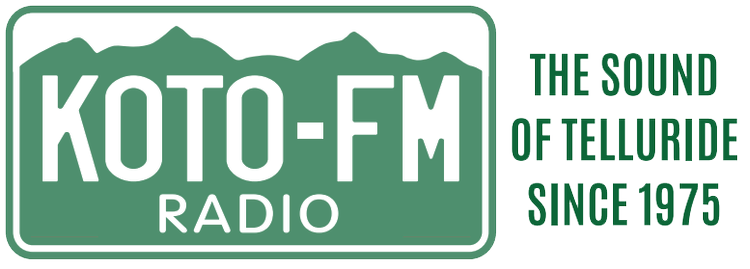By Matt Hoisch
Image Source: Telluride Foundation website.
The Telluride Foundation is trying to add another tool to the toolkit of affordable housing development on the Western Slope.
Most people in the region know that affordable housing is hard to find. According to Paul Major, President and CEO of the Telluride Foundation, that’s because builders' costs have outpaced buyers' cash.
“So,” says Major, “the cost of concrete, the cost of labor, the cost of wood, all of these things and have gone up, and they’ve gone up faster than people’s salary.”
The Telluride Foundation hopes to help solve that problem by creating a scalable toolkit that communities can use to bring together builders, financiers, and landowners to construct and sell cheaper housing. Major says the Foundation has been researching and developing this model for several years and the state is interested in supporting it. Earlier this week, he presented to the San Miguel County Board of Commissioners.
The model has three pieces. First, construction. The Foundation wants to use an approach called “modular construction” in which raw materials go to a single factory where they are processed into the pieces of a home and then shipped to the construction site. Major says this brings building costs down significantly.
The next piece of the model is finance. According to Major, because housing affordability has expanded into a national issue, public and private funders are interested in helping.
“And so a foundation or the state is going ‘How are we going to solve this? We’re not going to solve it by just doing the same things we did before. We’ve got to come with creative ideas,’” Major notes. “So foundations are now going ‘We could create a fund where we provide very inexpensive capital with the expectation it gets returned. But we’ll do it far below the current conventional lending.’”
Major says cheap loans from public and private sources would further lower construction costs and provide dramatically lower interest rates on mortgage payments. From 4.5% down to 1%, making more expensive homes more affordable for lower-income buyers.
Finally there’s land. Major notes that a crucial part of this model is that communities provide free land. He approached the County Commissioners earlier this week to gauge their interest in donating a parcel of land the County owns in Norwood, on which the City could build 20 homes.
The Commissioners did not make any commitment one way or the other, but were interested in discussing more in the future. Commissioner Hilary Cooper noted that the County needs to be thoughtful because the only way it can participate in the affordable housing process is by contributing its land.
“There have been some other private developer partners who are having these conversations int he region as well,” Cooper said. “So how do we put all these ideas together and make sure that they’re all coming to fruition in a way that is not going to undermine any one project?”
The same day, after Major’s presentation, the Commissioners were scheduled to begin a systematic land evaluation process.
The Commissioners also pressed Major on how an economic downturn could affect the construction and sales in the model. He said that even in a downturn, public employees like teachers and government workers are still employed and would demand housing. He also discussed how communities could use government programs to assist and pre-qualify potential buyers, further alleviating any friction from a potential downturn.
Corenna Howard, the Executive Director of the San Miguel Regional Housing Authority, has also spoken with Major about the model. “I do think it’s a great concept,” she says. “And I think it’s an opportunity to provide a lot of housing in the County and even outside the County.”
She says she would be interested in working with the Telluride Foundation on the model, regardless of whether the County decides to donate its land.
Major stresses that the Telluride Foundation wouldn’t be the body building and selling these homes. Rather, it is putting together a toolkit for other areas in the region.
“If a community wants to go forward,” he says, “they will have to drive the process forward. But the toolkit is here’s the kind of land that you need, here’s the financial package that we can bring to the table, and here’s a developer that will actually build. Ultimately it’s the individual communities that will form committees or some kind of structure that will contract with this toolkit to implement it.”
According to Major, the Foundation is in early talks with the City of Norwood. However, he also notes that, like any complex collaboration, there is no guarantee that all the parts will come together. That’s a question he believes he will know the answer to by mid-summer.

